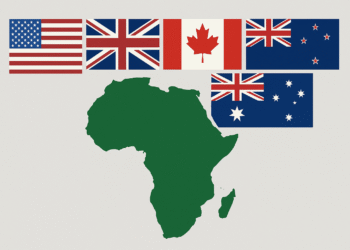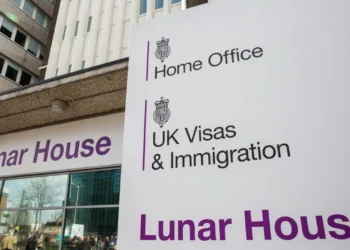London, 13 May 2025 (UK Temporary Shortage List visa) — In a significant update to its immigration framework, the United Kingdom has introduced a new “Temporary Shortage List” aimed at addressing critical labour shortages in specific low-skilled sectors. The move is part of a broader reform package outlined in the government’s latest immigration policy document titled “Restoring Control Over the Immigration System”, which seeks to manage rising net migration while maintaining support for key sectors.
The Temporary Shortage List will focus on roles that fall below RQF Level 6—a designation that includes jobs not requiring a university degree. These roles, deemed vital to industrial or infrastructure priorities, may be filled by foreign workers through a controlled, time-limited visa pathway. This marks a rare opening for foreign nationals seeking to enter the UK under new immigration restrictions, especially as other routes like social care visas face planned elimination.
Details of the New Strategy
To qualify for the Temporary Shortage List, occupations must meet stringent eligibility criteria assessed by the Migration Advisory Committee (MAC), the UK’s independent immigration advisory body. The MAC will determine if sectors have a long-term workforce strategy to boost domestic employment, are collaborating with training bodies such as Skills England, and are making credible efforts to reduce reliance on migrant labour. Additionally, measures to protect migrant workers from exploitation will be considered.
Inclusion on the list is not permanent. Visas issued under this route will come with strict conditions, including time limits on stay, caps on the number of entrants, and restrictions on dependants. The goal, as stated in the White Paper, is to ensure these visas address only “genuine and urgent needs” without creating long-term immigration pathways for low-skilled work.
While the full process for listing occupations is being finalised, the government has opted for an interim measure. Roles that the MAC previously identified as being in shortage or that are vital to national infrastructure will be included temporarily. This allows for a more immediate response to pressing labour gaps while broader frameworks are put in place.
Interestingly, the reforms also include provisions to scrutinise higher-skilled occupations (RQF Level 6 and above). These roles, which traditionally had easier access to the Points-Based Immigration System, may soon require justification if there is evidence of over-reliance on foreign labour. Employers in such sectors will need to provide long-term workforce strategies, and a new Labour Market Evidence (LME) Group will assess whether further restrictions are warranted.
How This May Be a Consolation in the Midst of Uncertainties
For foreign job seekers, particularly Nigerians and other nationals affected by recent visa route changes, this development, the new UK Temporary Shortage List visa offers a potentially viable alternative path to the UK. However, the opportunity is limited and conditional.
Applicants must target sectors aligned with the UK’s industrial strategy and understand that inclusion on the list does not guarantee entry. Compliance with visa terms will be closely monitored, and employers must also demonstrate commitment to local workforce development.
Those considering this route are advised to stay updated via UK Visas and Immigration and to consult qualified immigration advisers. Given the rapid pace of change in UK immigration policy, early and well-informed action will be essential.
As implementation of the UK Temporary Shortage List visa begins, observers will watch closely to see how well the policy balances economic need with migration control. While the Temporary Shortage List opens a small window for low-skilled migrants, it is also a reflection of a broader strategy to prioritise domestic labour, reduce migration levels, and enforce tighter immigration control across the board.
Reported by Clariform News Desk | 13 May 2025












